Tea room furniture highlights unique cultural heritage!
Preface:Tea drinking culture is one of the spiritual heritages left over from thousands of years. It embodies traditional aesthetic ideas and is the spiritual home for Chinese people who pursue elegance, tranquility and distance from worldly affairs.
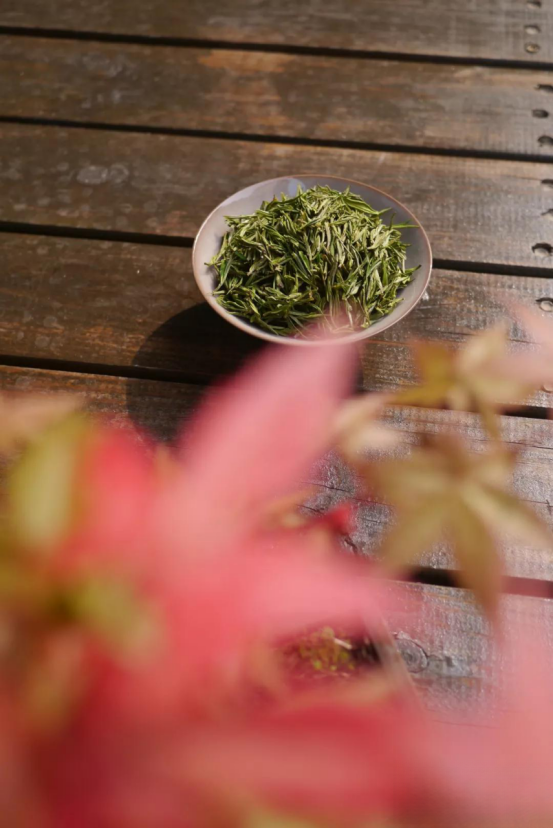
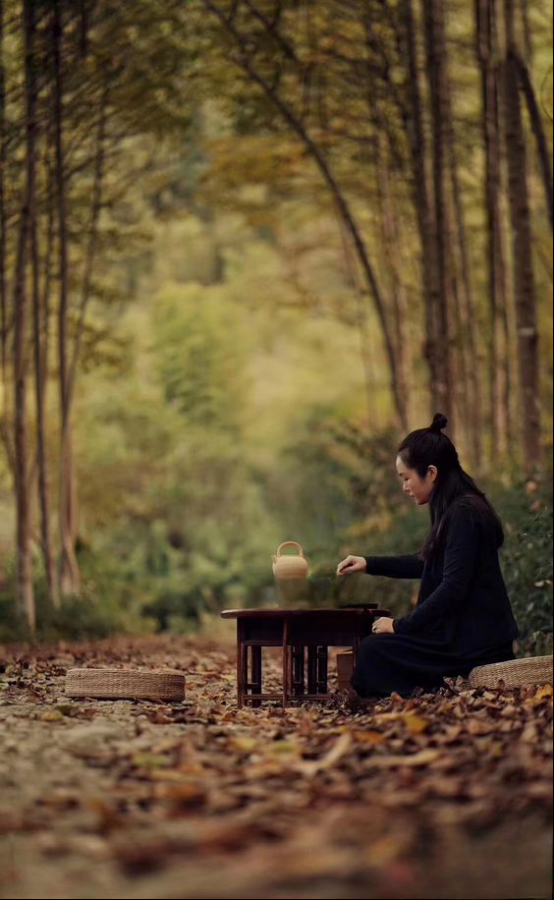
Tea tasting requires quietness and a quiet place, and a well-designed tea room provides an elegant environment for tea drinking, becoming a place of Zen to return to nature in modern life. With the development of tea culture, tea rooms have developed rapidly in various places, forming tea rooms of different styles.
The new Chinese style tea room gives people a feeling of elegance and simplicity. Purple clay teapots or delicate celadon covered bowls are placed in the space, making the atmosphere gentle, harmonious and full of interest.
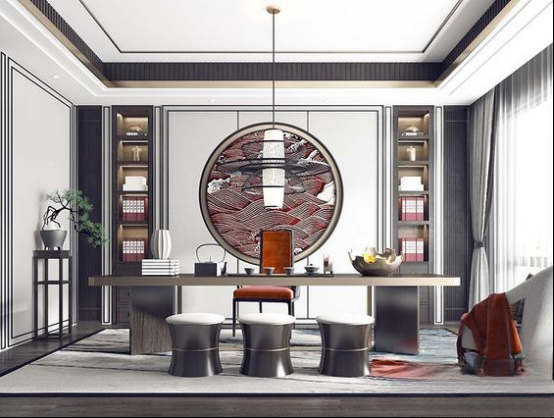
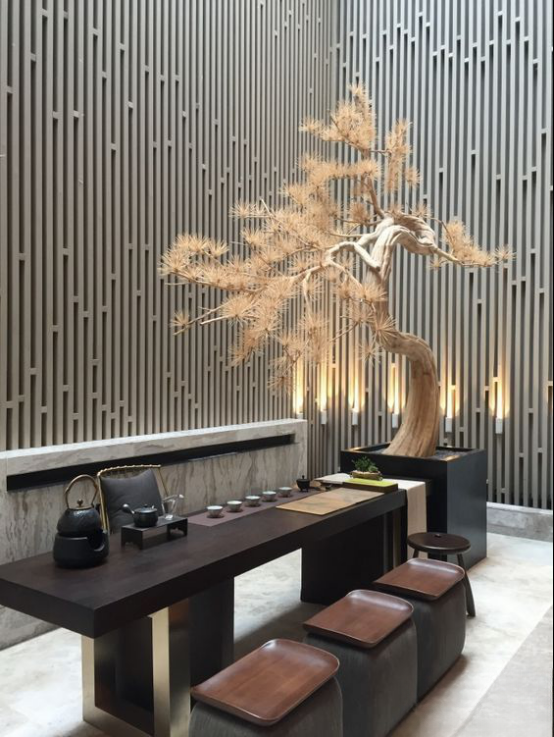
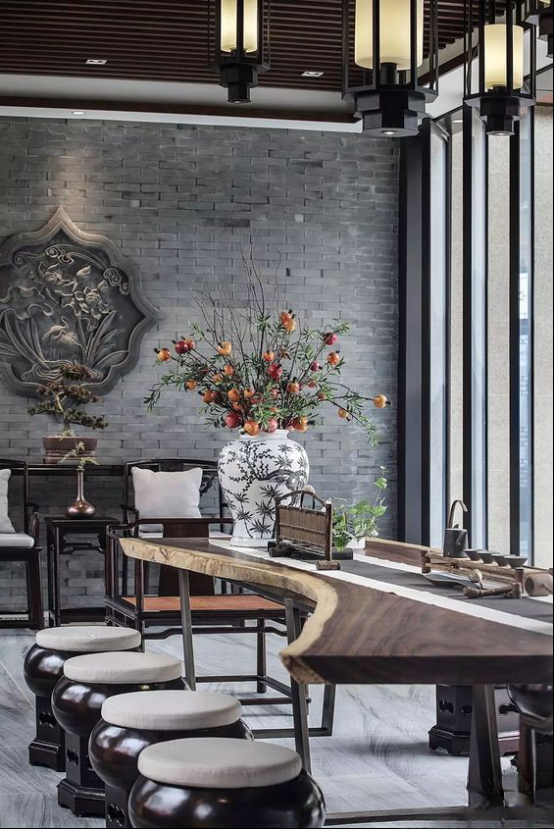
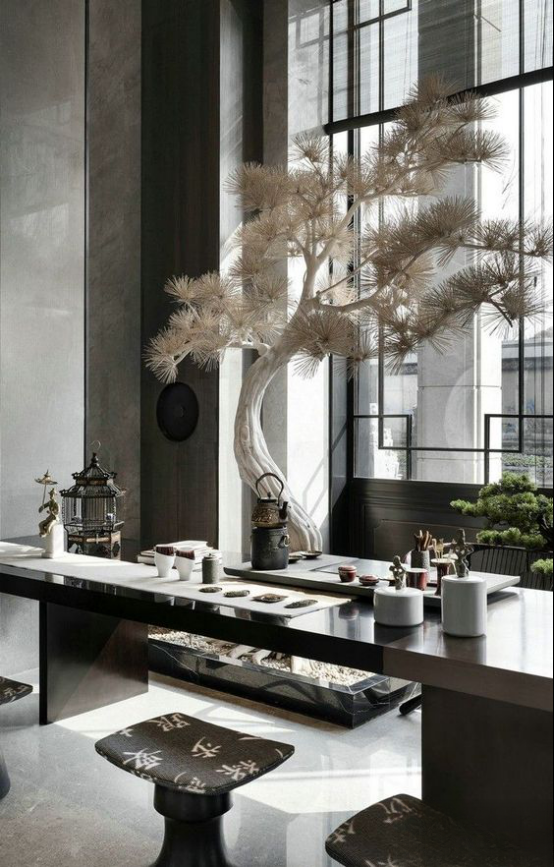
Japanese-style tea rooms mostly use solid wood floors with simple platforms or tatami, mainly in natural wood color, giving people a very natural feeling!
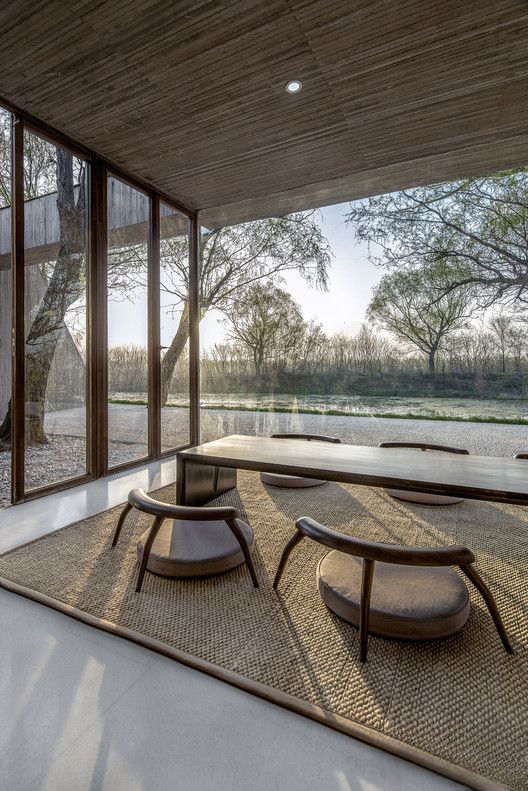
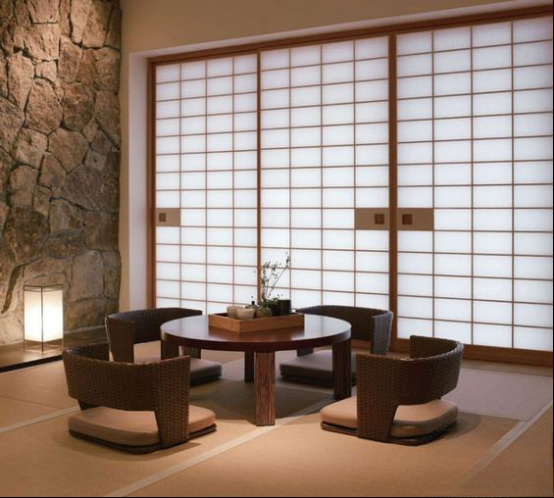
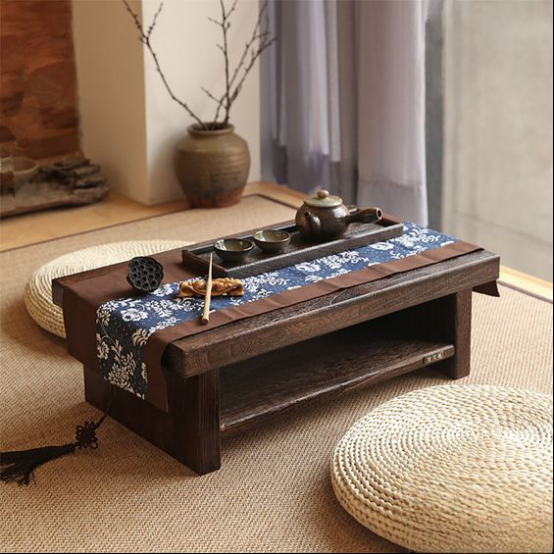
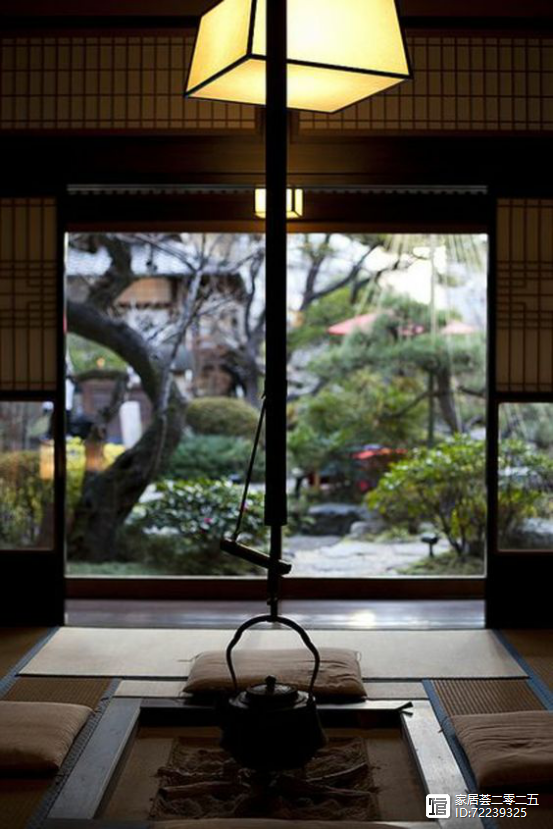
Minimalist space design is usually very subtle, and emphasizes the integrity of function, structure and form in design, creating a fashionable and avant-garde feeling with simple shape and perfect details.
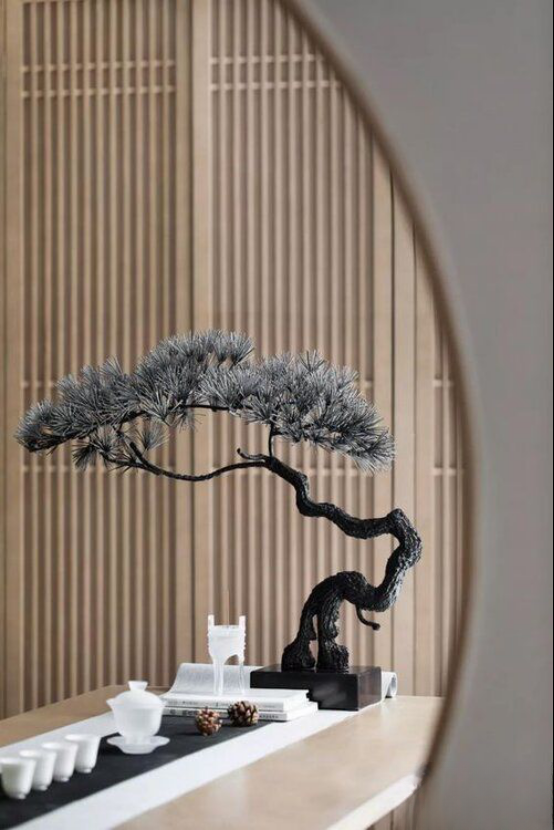
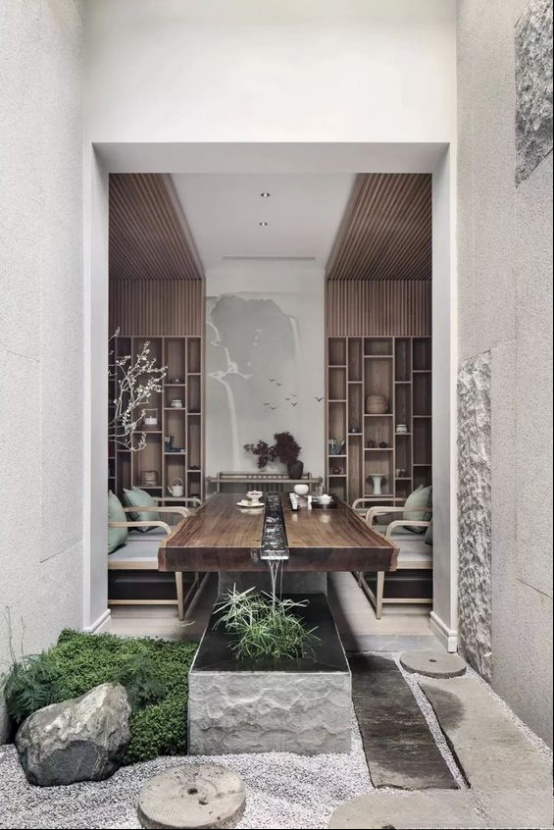
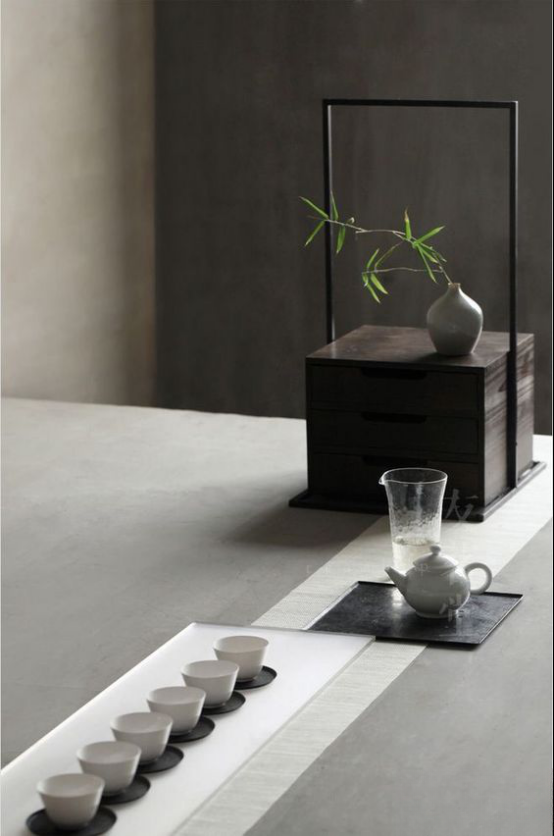
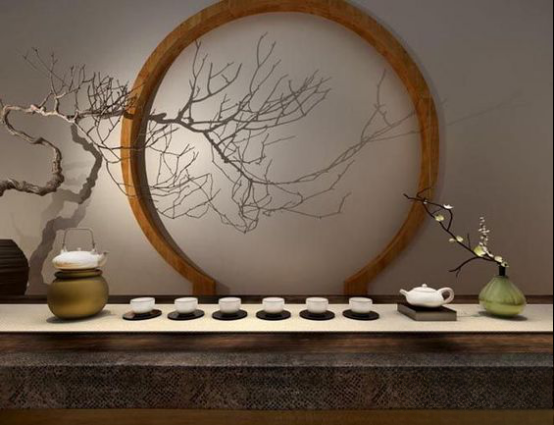
In ancient tea rooms, there were special tea utensils for everything from preparing water to organizing tea, making tea, tasting tea and cleaning tea. Today, popular contemporary tea sets are mainly divided into two types: ceramic tea sets and porcelain furniture. The six gentlemen of the tea ceremony are essential tea accessories, namely teaspoon, tea needle, tea clip, tea strainer, tea strainer and tea canister , which are generally made of bamboo.
Teaspoon: Also known as a spoon, it is used to slowly transfer the tea leaves on the tea tray into the pot to prevent the tea leaves from scattering outside the pot and to keep it in order.
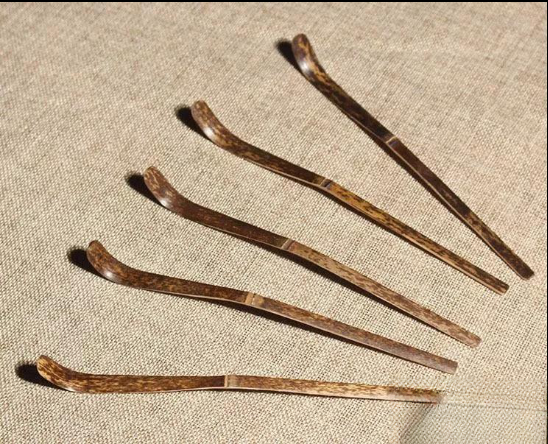
Tea needle: also known as tea needle, one end is pointed and can clear tea residues that are blocking the spout of the pot.
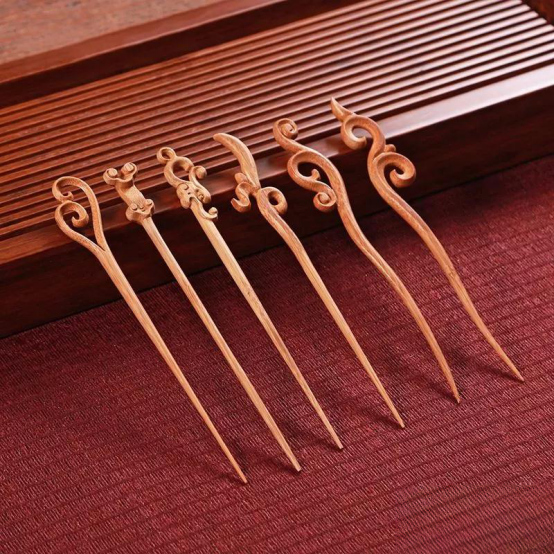
Tea clip: can be used to take the brewed tea leaves out of the teapot, and can also be used to hold the teacup for rinsing.
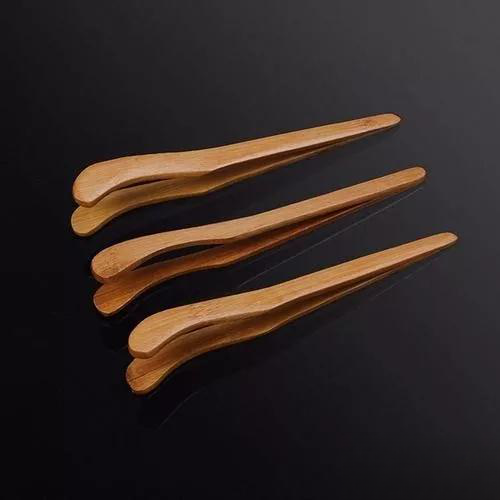
Tea strainer: Mainly used in small-mouthed teapots, placed on the teapot to facilitate the introduction of tea leaves and prevent them from spilling outside the teapot.
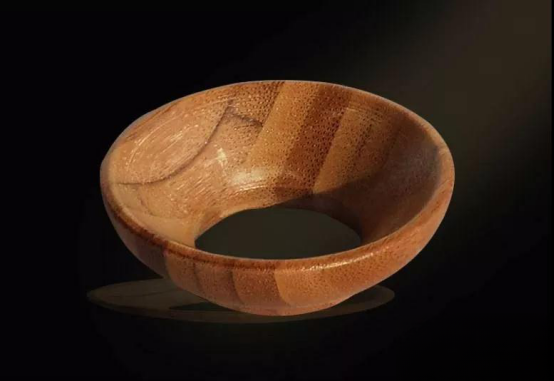
Tea handle: used for taking tea, the slender handle can reach deep into the teapot, making it easy to take tea.
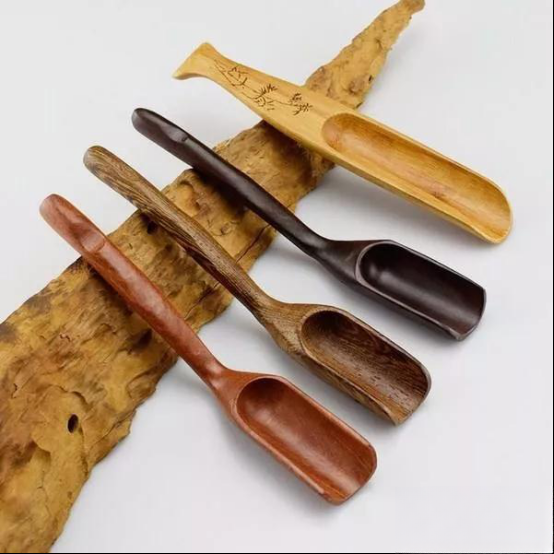
Tea canister: The tea canister looks like a pen holder and is responsible for holding the other five pieces of tea sets. It plays the role of organizing and summarizing, making the tea table look neat and simple.
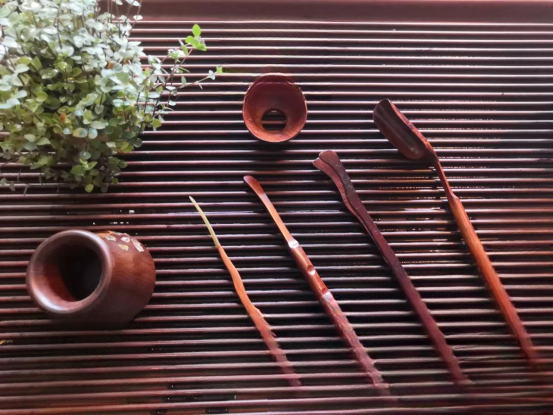
The furniture in the tea room is rich and varied, mainly including tea tables or tea tables, tea chairs, tea stools, tea sofas, tea cabinets, tea trays, tea sets, and antique shelves.
Tea table or coffee table
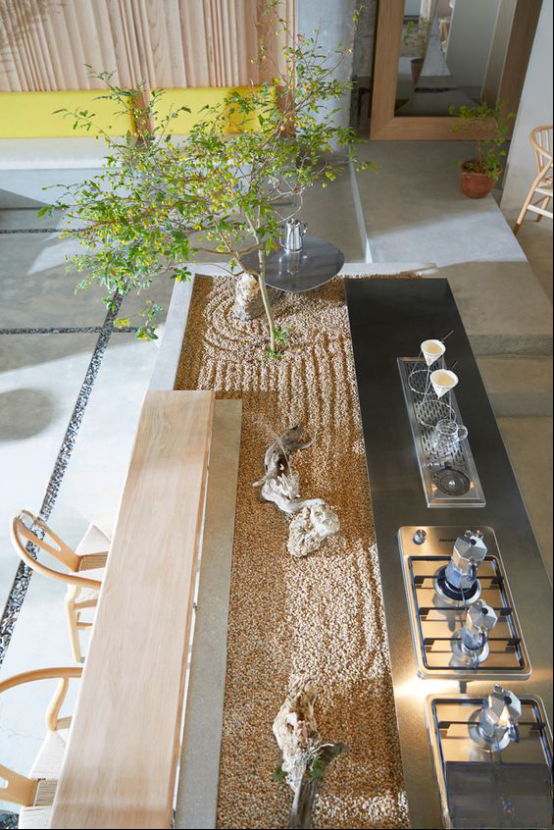
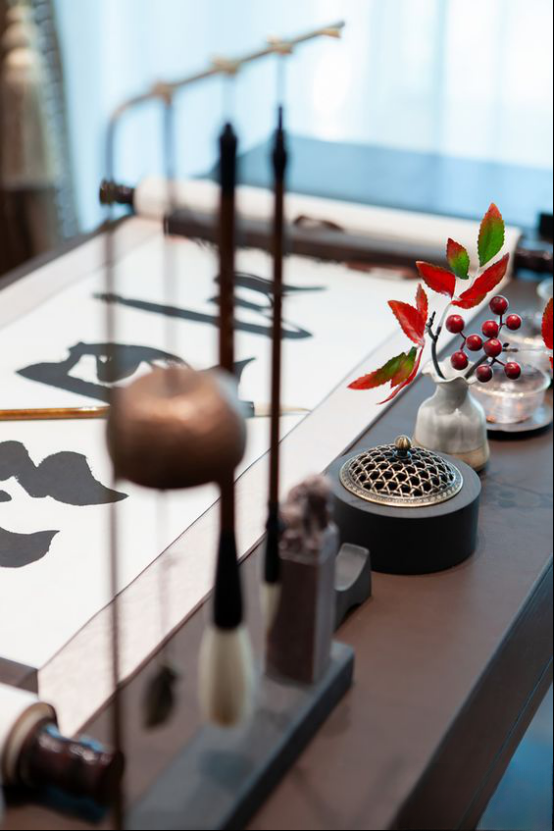
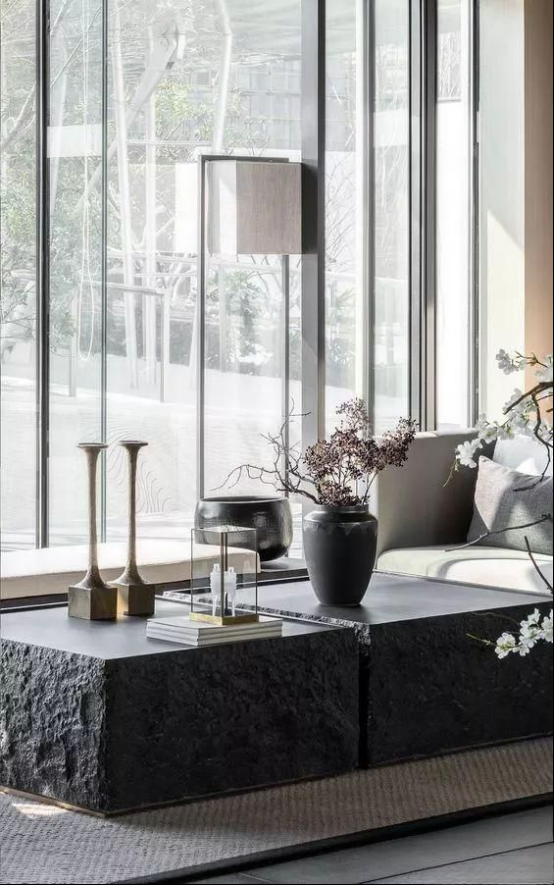
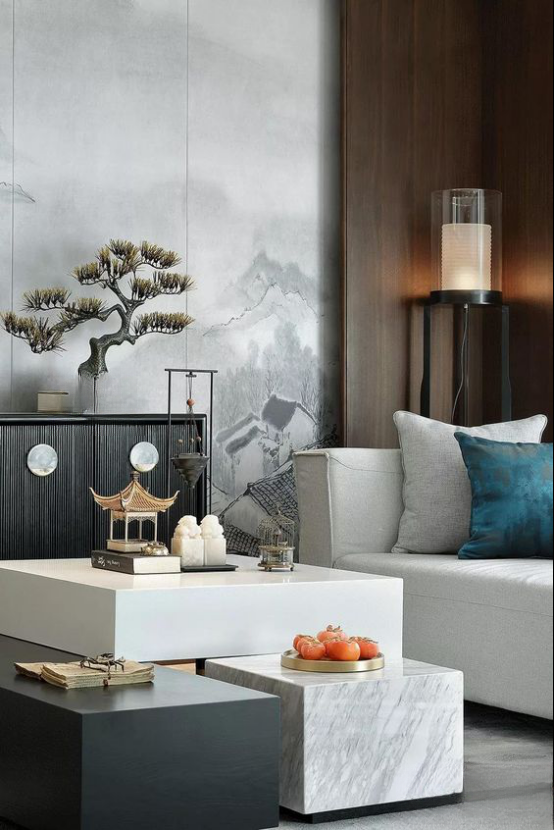
Tea Chair

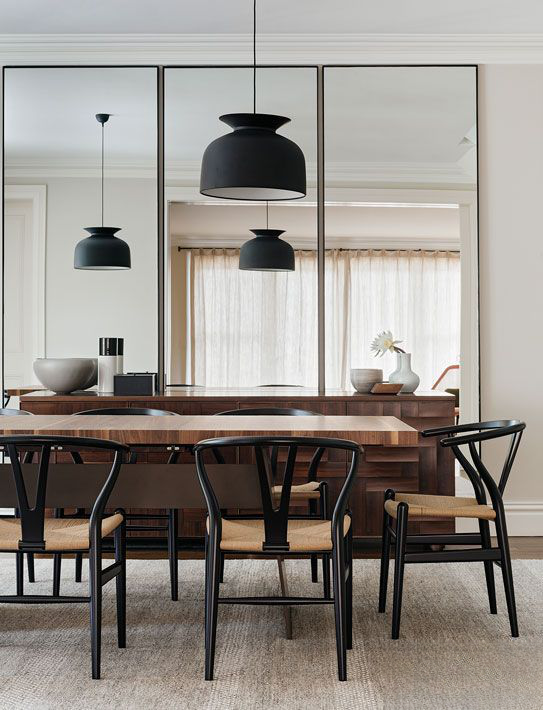
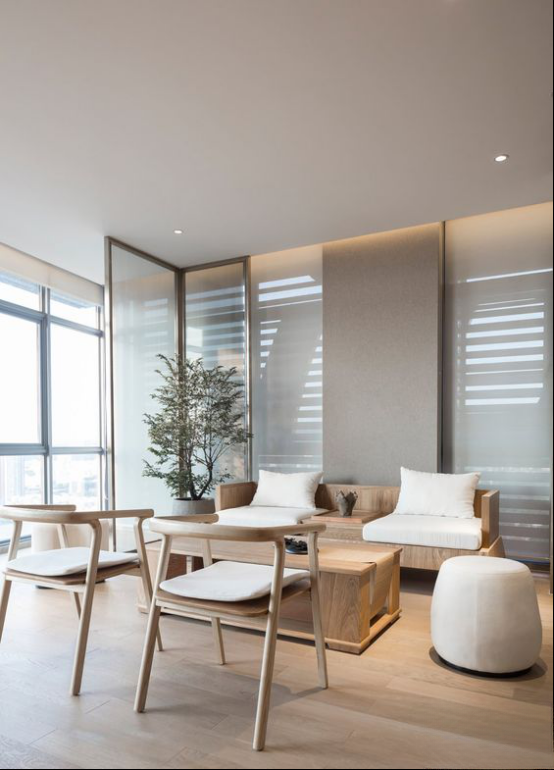
Tea Stool
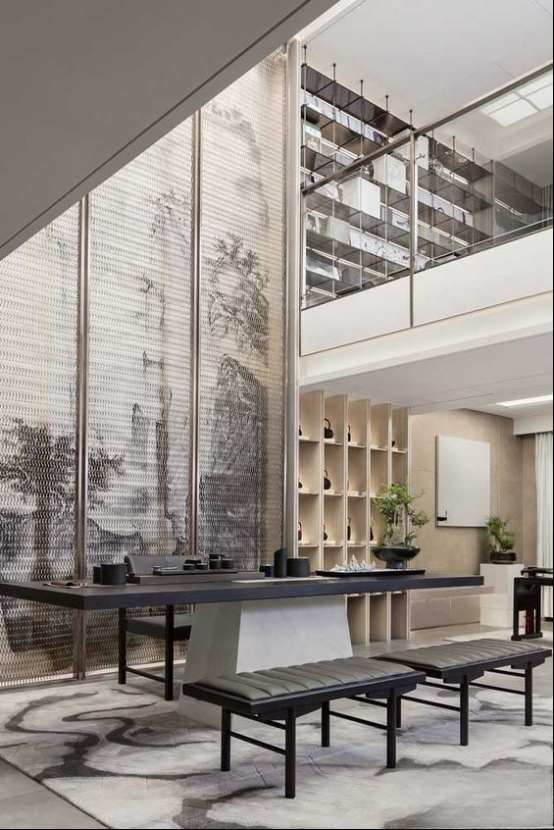
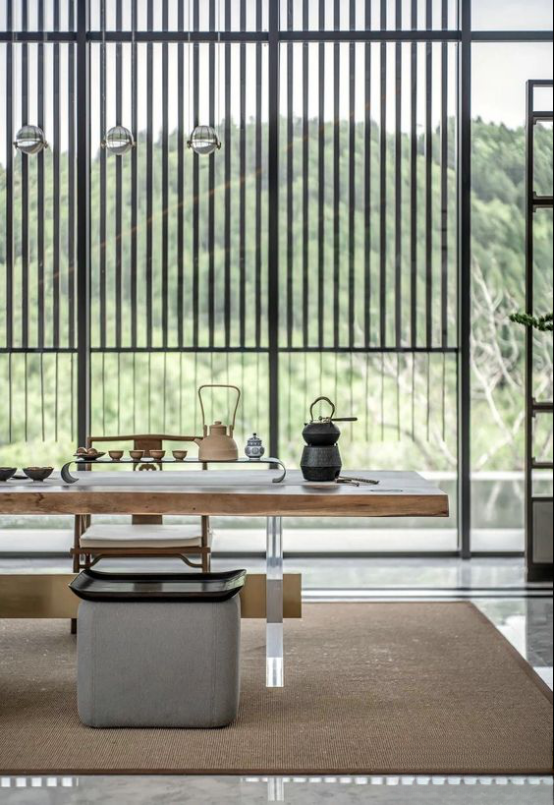
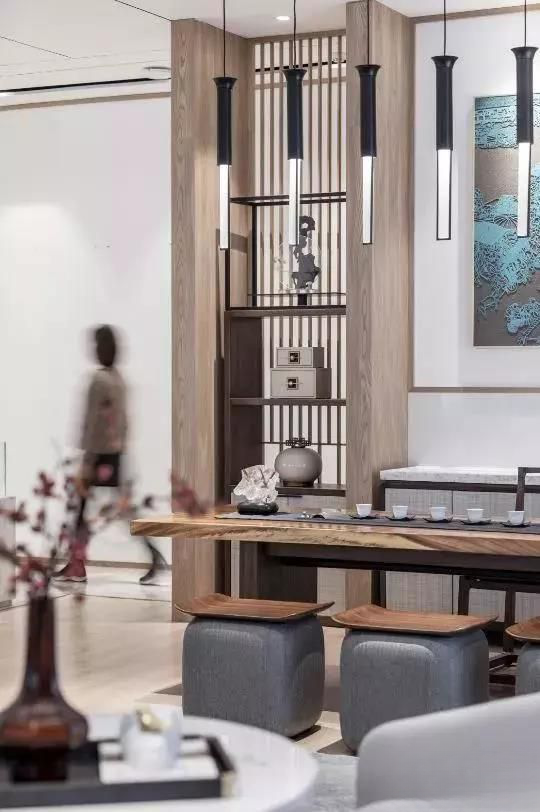
Tea Sofa
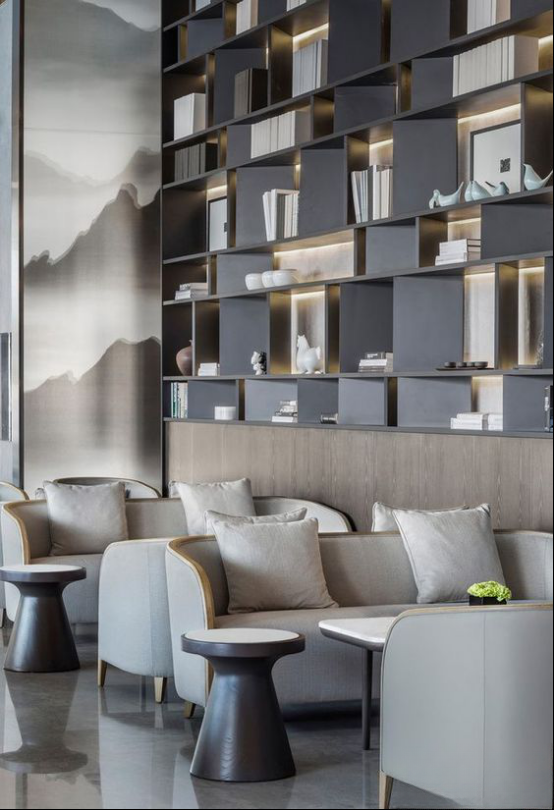
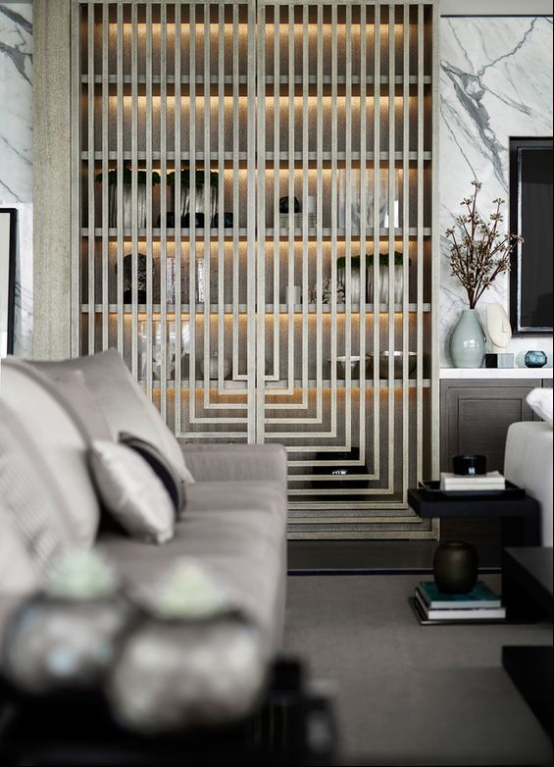
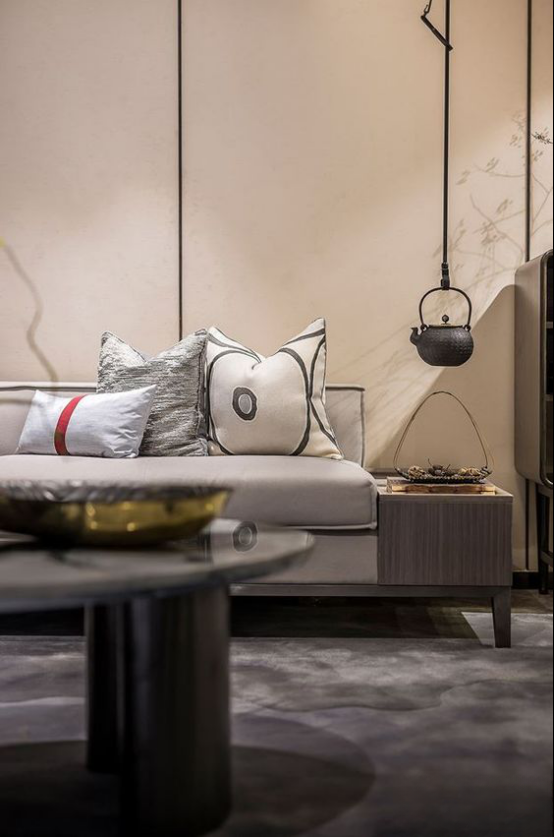
Tea Cabinet
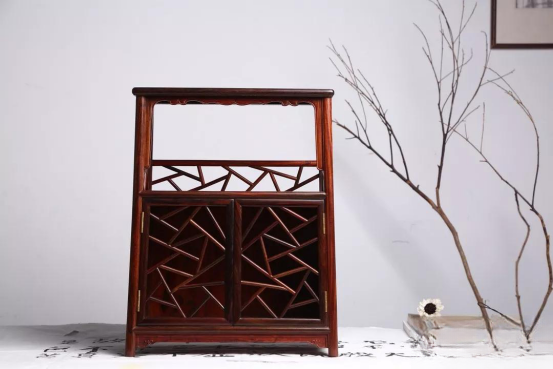

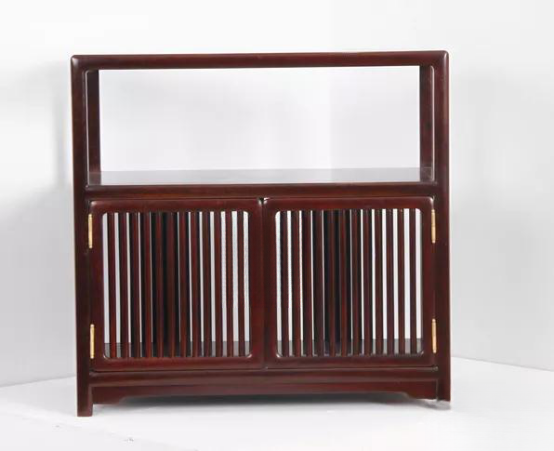
tea tray
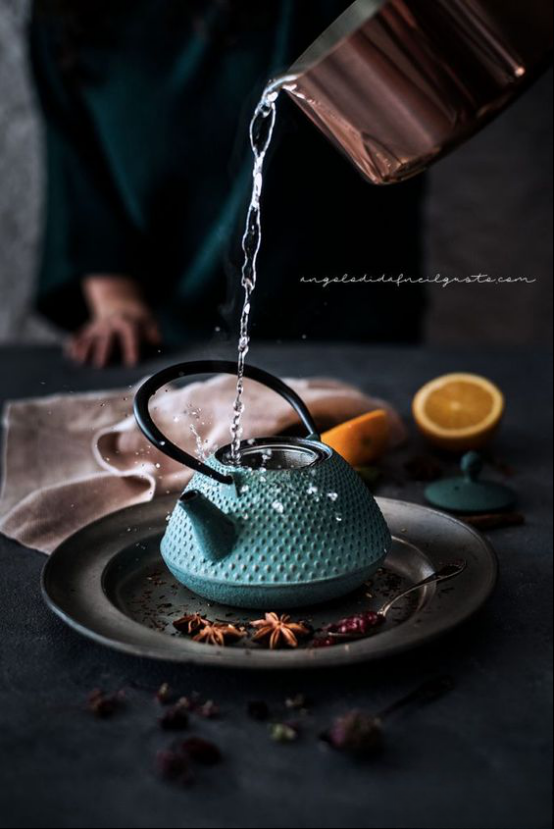
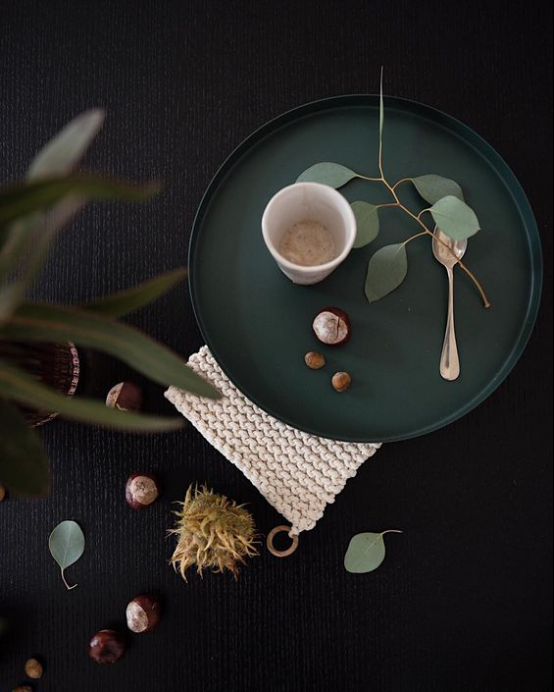
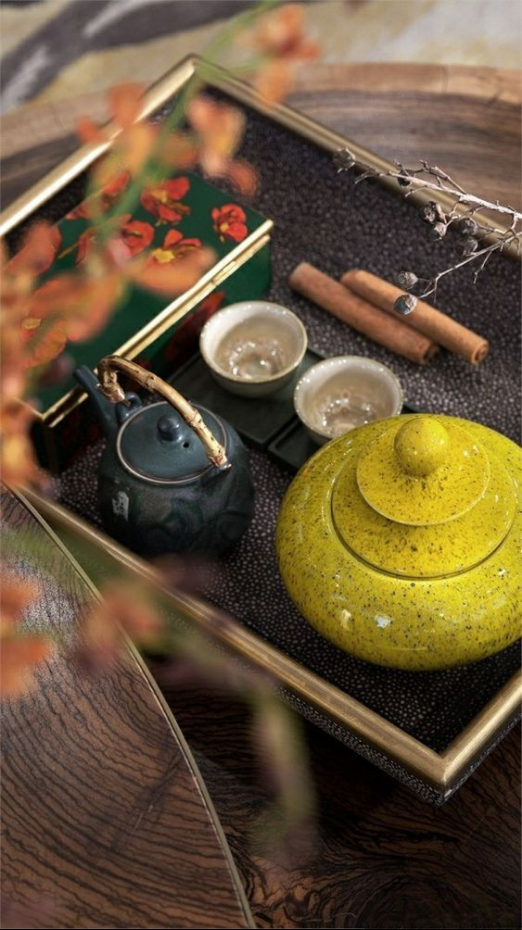
Tea Set
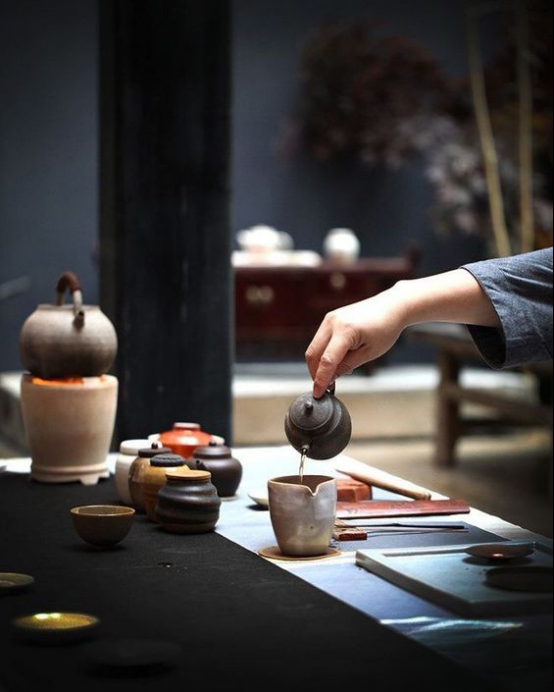

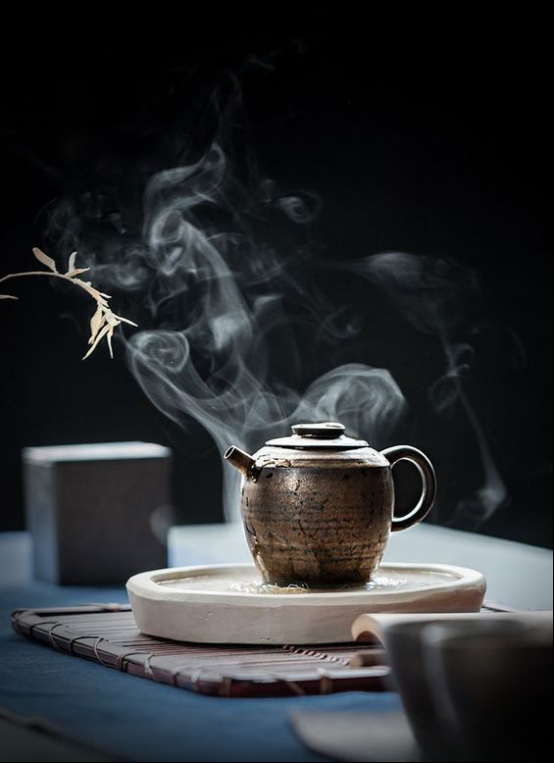
Antique shelf
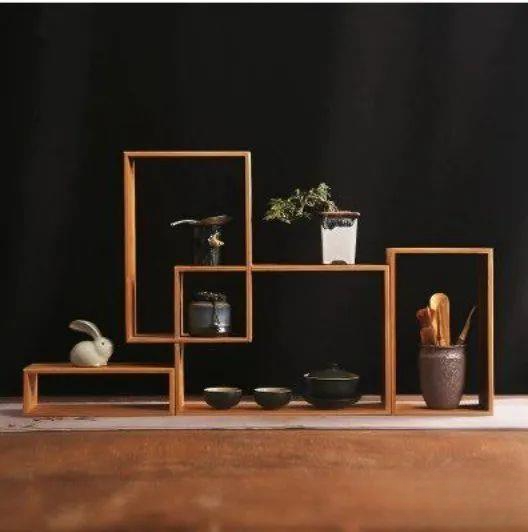
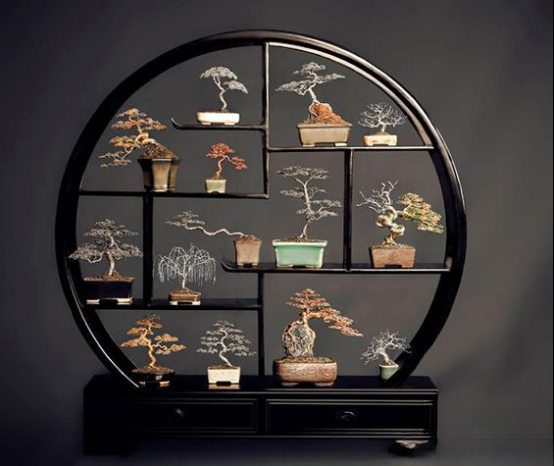
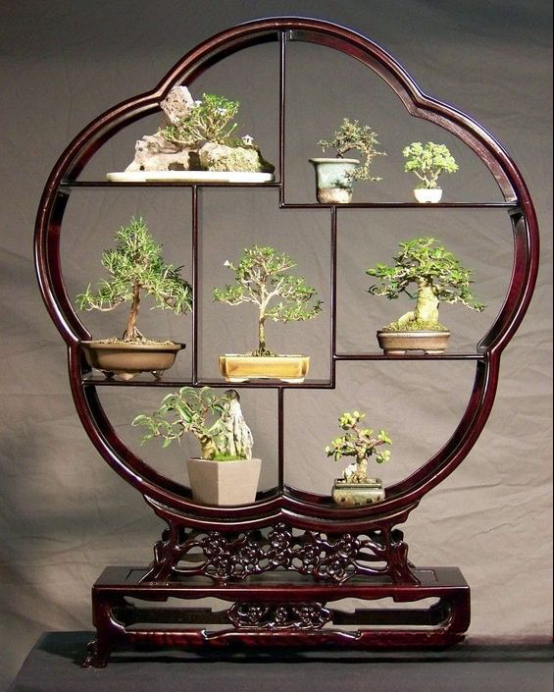
accessories
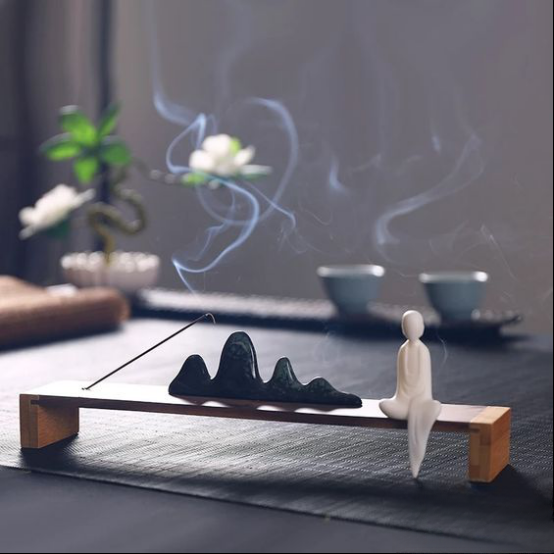
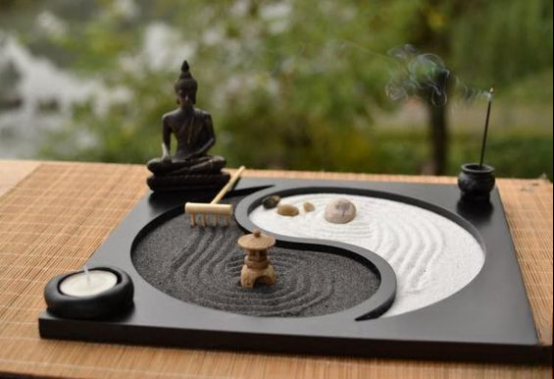
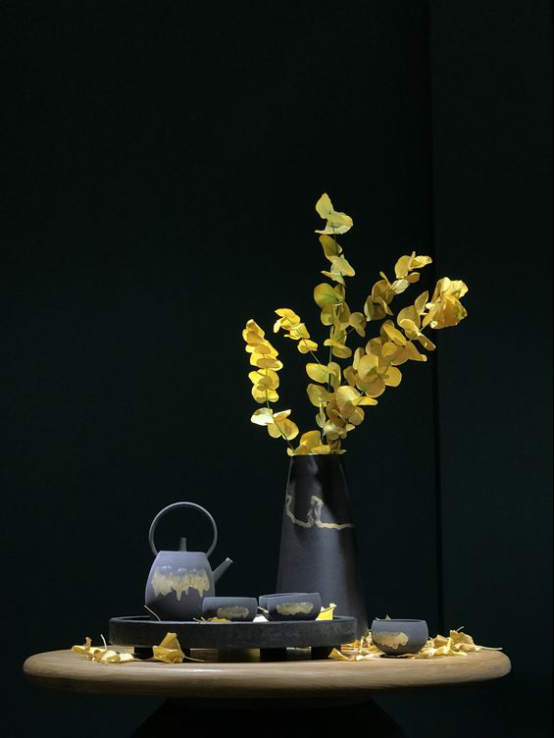
In today's fast-paced society, many people choose to use the quiet and peaceful atmosphere of teahouses to release their mental stress. There are more and more teahouses in cities, but many teahouses overemphasize the business model and ignore the emotional level of the space environment, resulting in a lack of cultural connotations of the space.
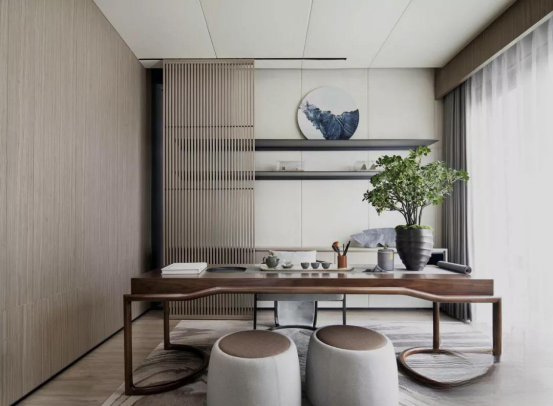
In order to let consumers feel the charm of traditional tea culture in the space experience, emotional elements that can mobilize consumers' sensory experience should be integrated into the space design. This can be done from the following three aspects:
1. You can choose tea-related utensils with historical imprints and carriers such as calligraphy and paintings with cultural connotations to enhance the visual art effect of the tea room space.
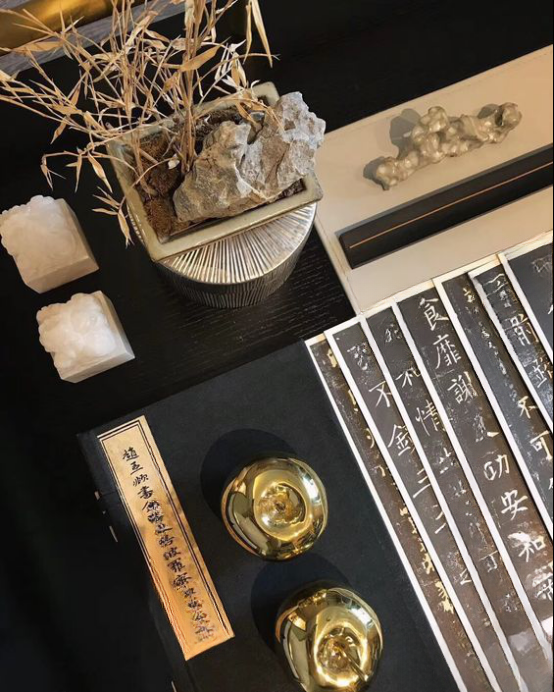
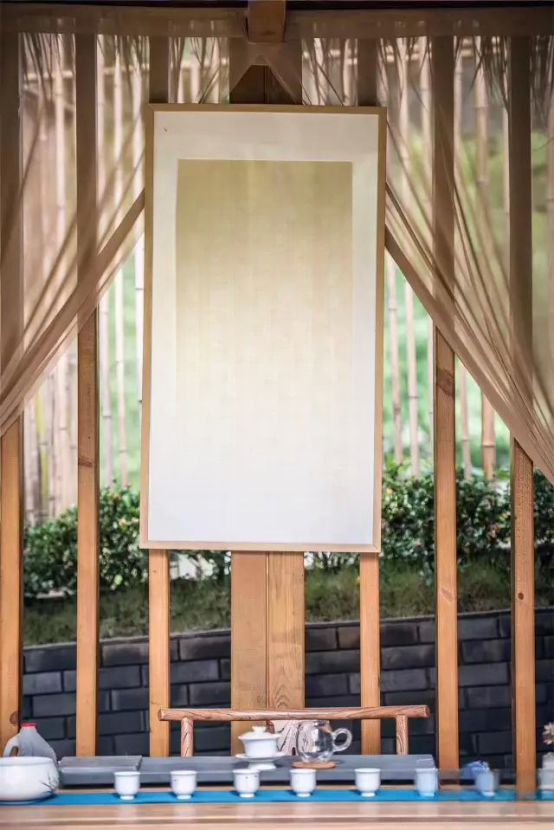
2. Some distinctive symbols and national totems can be used to highlight the theme and meaning of the tea room space, and to arouse consumers' emotional resonance with universal spatial decoration representations.
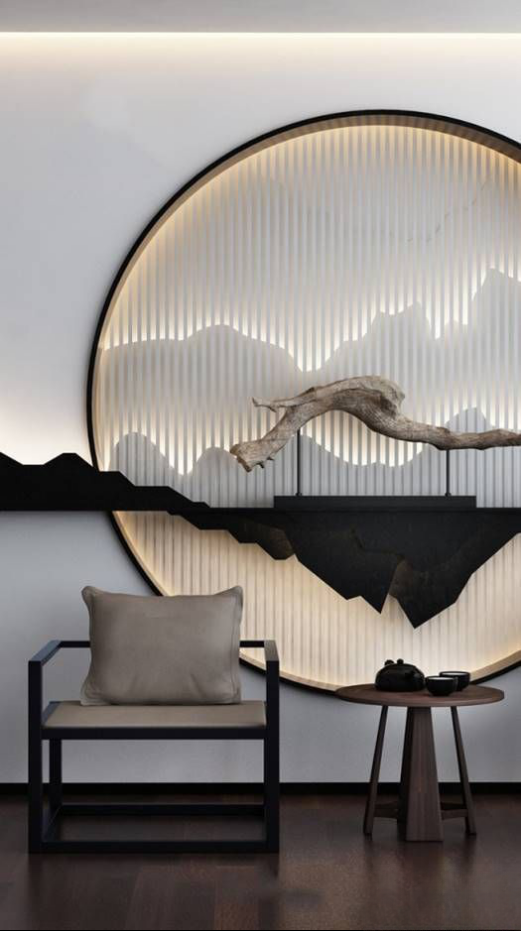
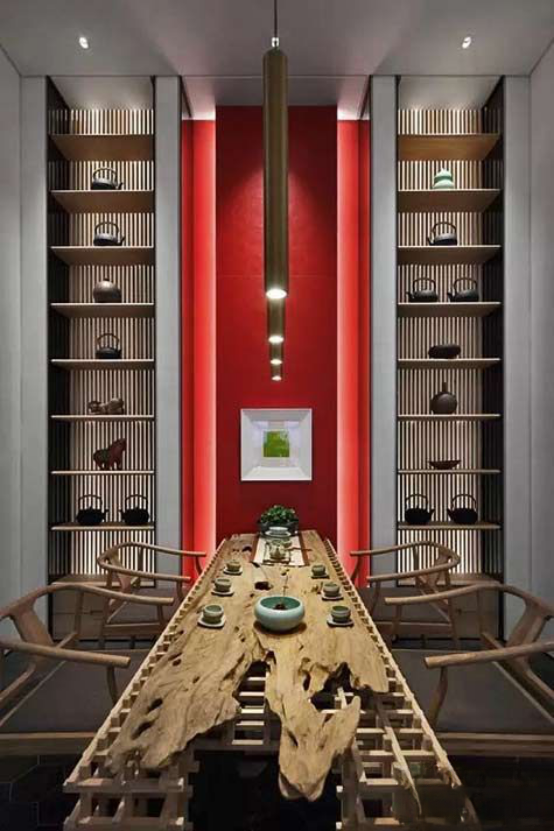
3. The colors in the tea room space should be cleverly arranged as well as the lighting. Based on the overall tone of the space theme, flexible and varied combinations of light and color should be used to grasp the emotional atmosphere of the tea room space.
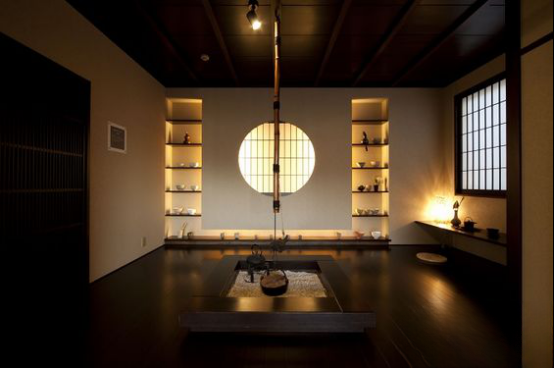
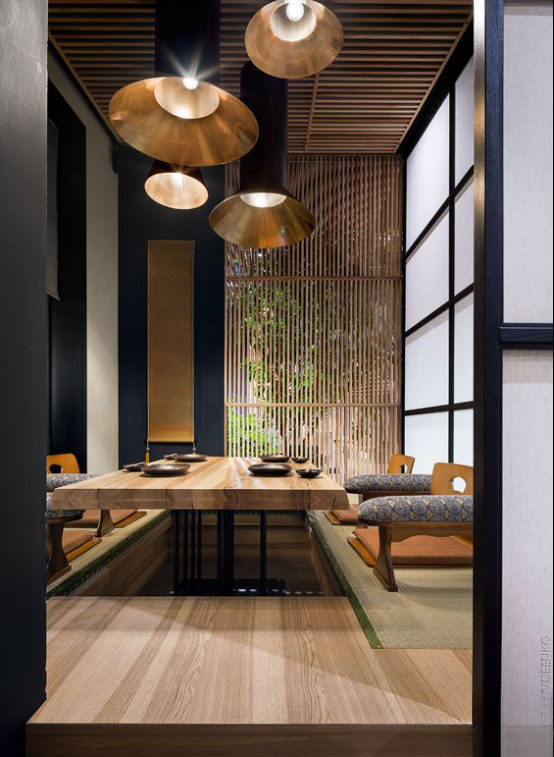
As a tea space, each tea room has its own unique flavor, some are antique, some are a combination of Chinese and Western styles, but they all have one thing in common: they can give you a rare comfort in the bustling city and let you experience real pleasure and relaxation.
If you want to know more about tea room design, please contact